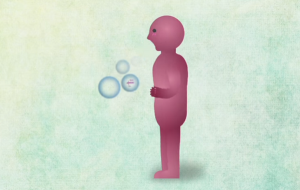As there is usually a ying to every yang in life, it only makes sense that some things that people come across are hard and then there are other things that are relatively easy. Be this as it may, people will need to ensure that they enjoy the things that are simple in life and that they figure out ways to not let the hard things be any harder than they already have to be. For example, when new or difficult things do arise, people can either decide to tackle them head-on or they can decide to bury their head in the sand.
As there are usually negative consequences to burying one’s head in the sand (especially for those who are running their own businesses), it can be a wise move for people to get a move along. For instance, when someone comes across a product for the first time, they will need to figure out how they can quickly learn how to use it. As 2020 is not the year that anybody wants to be making anything harder for themselves, here is a look at how you can make using scaffold be the easiest thing that you have done this year so far.
You can make using scaffolds the easiest thing that you have done this year by reading available guides first
One of the missteps that people can take when they are using something for the first time is that they assume that they will be able to pick up things as they go along with the process. While this can sometimes be true, when it comes to certain areas that are very important, it can be better that people go into the situation with a bit of knowledge behind them first. And this is how you can make using scaffolds the easiest thing that you can do this year so far by reading available guides first.
These can usually be found on government websites and/or on the websites of the companies that actually sell the product too. This can not only be helpful for those who are wanting to learn more about how they can use the item but also when it comes to learning about what their duties are and what industries are required to use such items. As can be seen, a little bit of knowledge can go a long way.
Another way that you can make using scaffolds the easiest thing that you have done this year is by paying someone else to show you how to do it

When people are feeling a little lost in regards to how to do something and they are not sure where they are able to find the information, sometimes the best thing to do is to pay someone else to give you that information. And in this day and age, people can pay someone else to do pretty much anything, including coming to show them how to set something up. And so, another way that you can make using scaffolds the easiest thing that you have done this year is by paying someone else to show you how to do it.
People may be able to chat to the company that sells the product and ask if they know of someone who can help them with this or they may simply put an add up on AirTasker. Whatever it may be, people can put some of the power back into their hands when they go about doing this.
…


 The Greeks called tuberculosis “phthisis”.
The Greeks called tuberculosis “phthisis”.